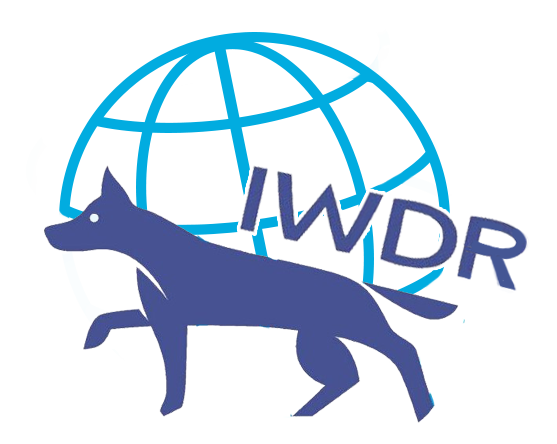What is the Behavior Checklist (BCL)?
The Behavior Checklist (BCL) is a method of assessing dog behavior. Specifically, it is a behavior scoring system developed by Dr. James Serpell from the University of Pennsylvania, USA in collaboration with multiple guide dog organizations, including The Seeing Eye and Guiding Eyes for the Blind. The BCL provides a way to describe aspects of behavior important for guide and service dogs (however the behaviors measured in this assessment can still be helpful for other working dog roles or even pet/breeder temperament evaluations).
Importantly, the BCL has been validated and demonstrates the capacity to measure behavior in a consistent manner that lends itself to analysis. The IWDR has developed some tools that utilise BCL scores to provide analysis on aspects of your breeding program: you can learn more about this in our Estimated Breeding Values and Reports sections.
Using the Behaviour Checklist provides the following benefits:
- The terminology to describe behavior is standardized across all users, and there are detailed definitions to help you describe the behaviors you see.
- Data is consistent within your organization and with other organizations that use the Behavior Checklist
- Estimated breeding values can be calculated on dogs from small organizations if they keep dog and BCL data in the International Working Dog Registry. This assumes about 25% of the dogs are related to other dogs in the database.
When should I use the BCL and other tests?
In general terms the more data we gather about our dogs behavior the better. Score all dogs that you produce, even dogs that are released from your program early.
Common points during a dog’s development to assess behavior include:
